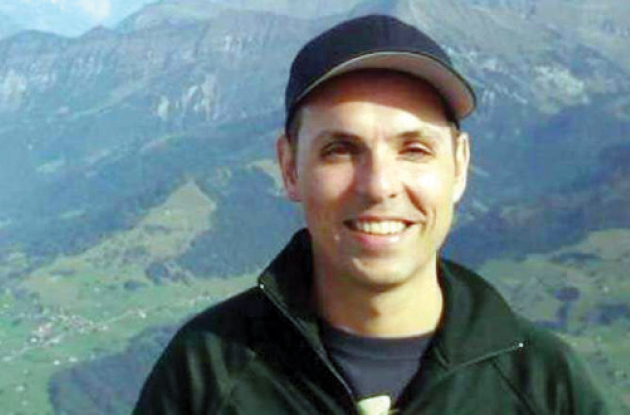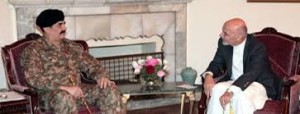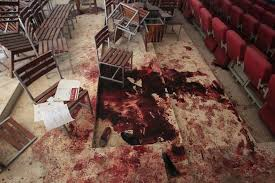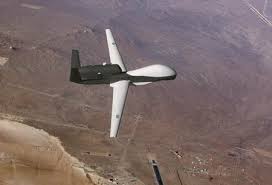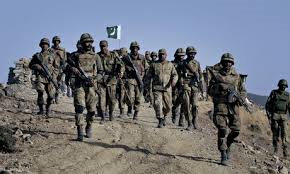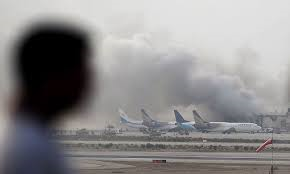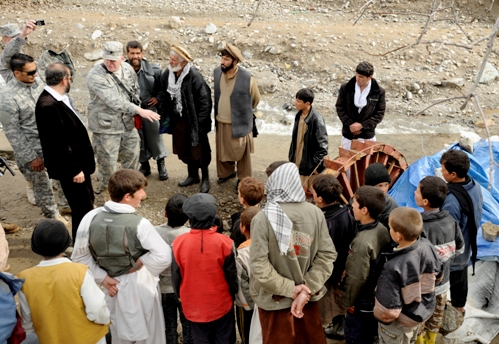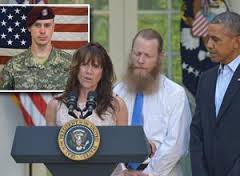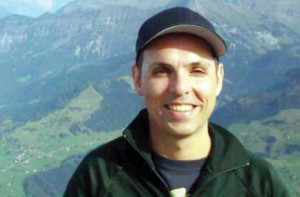
Although airplane cockpits are supposed to be the last line of defense from outside aggressors, airlines have fewer options if the threat comes from within.
By apparently locking the captain out of the cockpit before a German jet crashed Tuesday, the co-pilot appears to have taken advantage of one of the major safety protocols instituted after the Sept. 11, 2001, attacks that turned cockpits into fortresses.
And the crash is already raising questions about possible gaps in how airlines review the mental health of their pilots.
The crash, which killed all 150 people aboard the Germanwings Airbus A320, highlights a major difference between European and American flight deck procedures. The Federal Aviation Administration mandates that a flight attendant must sit in the cockpit when either pilot steps into the passenger area; European regulations do not have a similar two-person rule.
“It is shocking to me that there was not a second person present in the cockpit,” said Mark Rosenker, a former chairman of the National Transportation Safety Board.
Access to the cockpit is strictly regulated in the United States. Passengers are not allowed to congregate near the cockpit door, and whenever the door is open, no one is allowed in the forward bathroom and flight attendants usually block aisle access, sometimes using a food cart.
But the two-person rule did not come about out of a concern of having to deter or fend off a rogue pilot. Rather, the thinking was to never leave a pilot alone in case of illness or incapacitation.
And while a small percentage of American pilots carry guns, the two-person rule is still not a fail-safe against a rogue pilot, experts say.
The Germanwings accident also points to potential shortcomings in how pilots are screened for mental problems, a recurring concern for an industry that demands focus and discipline in an increasingly technical job, often in stressful situations.
“I think that this incident is going to have a profound effect on the industry and how pilots are screened on an ongoing basis and what they are screened for,” said Peter Goelz, a former managing director at the National Transportation Safety Board.
While the issue of pilot health has been a longstanding concern in the industry, detecting psychological problems can be a major challenge, Mr. Rosenker said.
In 2012, a well-regarded pilot with JetBlue, one of the airline’s earliest employees, was physically restrained by passengers on a flight from New York to Las Vegas after displaying erratic behavior. In that case, the co-pilot locked the pilot out of the cabin and made an emergency landing in Amarillo, Tex.
Afterward, David Barger, the airline’s chief executive at the time, described the pilot as a “consummate professional.”
“I’ve known the captain personally for a long period of time,” Mr. Barger said, “and there’s been no indication of this at all.”
A training video produced in 2002 by Airbus shows the workings and features of the reinforced cockpit door, similar to the one on the Germanwings plane that crashed in the French Alps this week.
Mr. Rosenker said, “You are dealing with humanity, with human frailty, with the human mind.”
Officials at Germanwings and its parent company, Lufthansa, seemed to grapple with this issue on Thursday in trying to explain the incomprehensible.
“We have no indication what could have led the co-pilot to commit this terrible act,” Carsten Spohr, Lufthansa’s chief executive, said at a news conference. “Such an isolated act can never be completely ruled out. The best system in the world can’t stop it.”
The co-pilot, a 27-year-old German identified as Andreas Lubitz, apparently enjoyed his job and had passed all certification tests and medical exams. “He was 100 percent flightworthy without any limitations,” Mr. Spohr said.
In the United States, pilots are screened for medical and psychological issues before being hired and are randomly tested afterward for drug and alcohol use. They must undergo medical examinations once a year if they are under 40, and twice after that, to keep their certification with the F.A.A.
But these exams, performed by general medical practitioners approved by the agency, are not always thorough, according to some pilots, though the agency said they typically include questions about psychological conditions. Still, the airlines and the F.A.A. rely on pilots to voluntarily disclose any physical or mental health problems they may be having or medication they are taking.
Pilots who fail to do so, or who falsify information, face fines that can reach $250,000, according to the F.A.A.
Some pilots, however, may be reluctant to disclose such information, out of fear of losing their jobs. In addition to this self-reporting standard, airlines also rely on other crew members to report suspicious behavior or monitor the health of their co-workers. (That essentially was what happened on the 2012 JetBlue flight.)
“In the U.S., pilots are pretty much allowed to choose their own doctor” from a list of approved practitioners, Mr. Goelz said. “It is not the most rigorous process.”
Cases of a pilot intentionally crashing a plane filled with passengers are rare. There have been at least a half dozen such crashes since the early 1990s, including a Mozambique Airlines jet that went down in Namibia in 2013 and an EgyptAir flight that went down in the Atlantic Ocean in 1999.
Still, such crashes happen often enough to raise concerns at a time when flying is generally safer than it has been in years, according to safety experts.
“We are looking for 100 percent guarantee,” Mr. Rosenker said of mental health screenings. “You can certainly weed out the easy cases. But when you go to deeper areas, there are no guarantees.”

